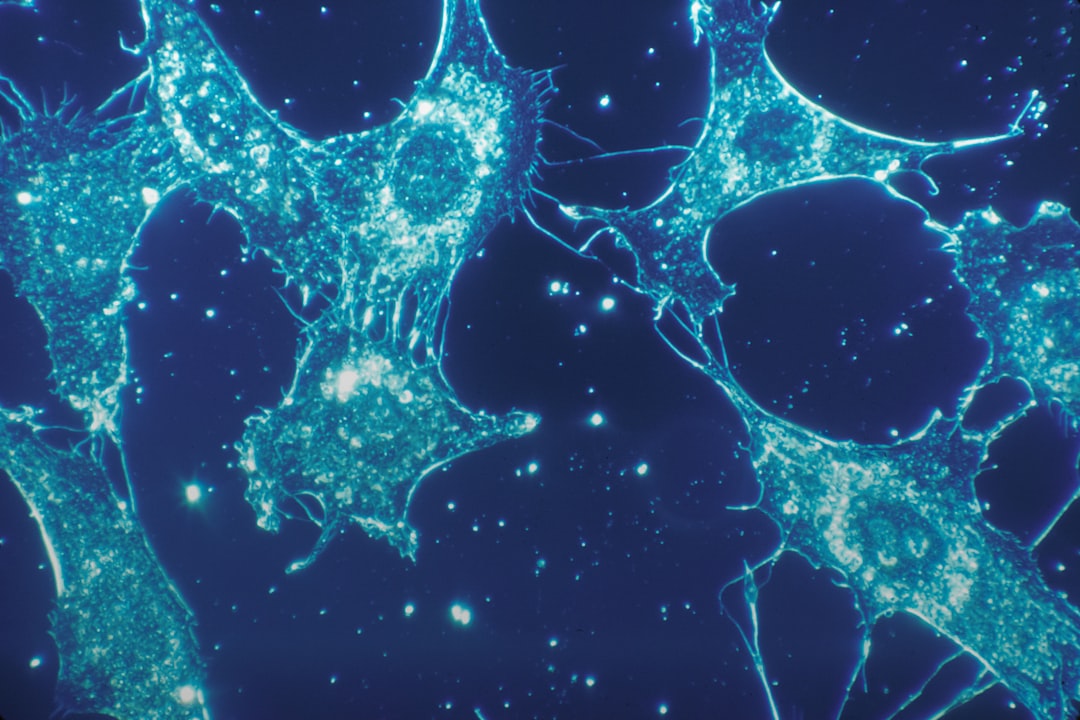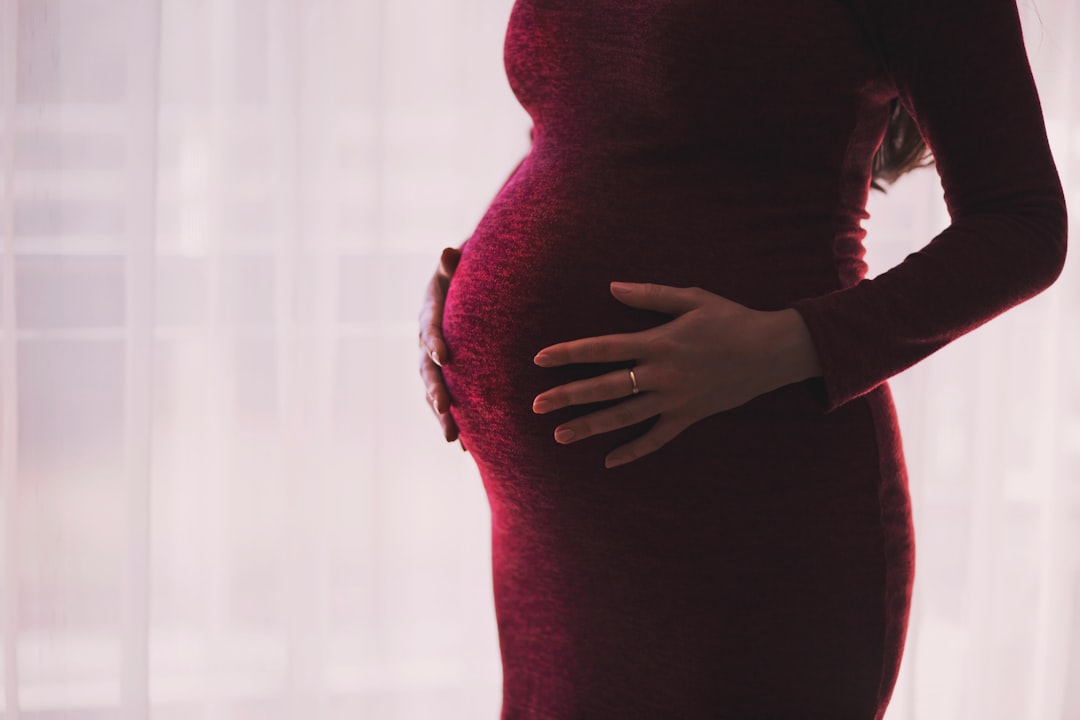What is it about?
The characterization of SARS-CoV-2 transmission risks across different settings remains unclear, including the role that individual and setting heterogeneity plays in the dynamics of COVID-19. We integrate anonymized time-resolved mobility data with census and demographic data in the New York City and Seattle metropolitan areas to characterize the magnitude and heterogeneity of transmission events during the first COVID-19 wave. Using an agent-based model, we simulate the epidemic trajectories of SARS-CoV-2 infections to study the impact of interventions, the part played by different settings in the spreading, and the role of super-spreading events. Our results indicate that places are not dangerous on their own; instead, transmission risk is a combination of both the characteristics of the place/setting and the behavior of individuals who visit it.
Featured Image

Photo by Victor He on Unsplash
Read the Original
This page is a summary of: Quantifying the importance and location of SARS-CoV-2 transmission events in large metropolitan areas, Proceedings of the National Academy of Sciences, June 2022, Proceedings of the National Academy of Sciences,
DOI: 10.1073/pnas.2112182119.
You can read the full text:
Contributors
The following have contributed to this page










